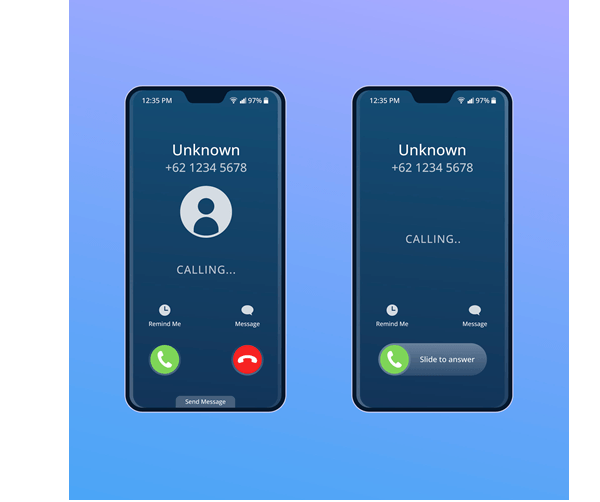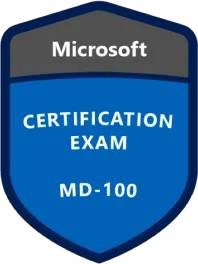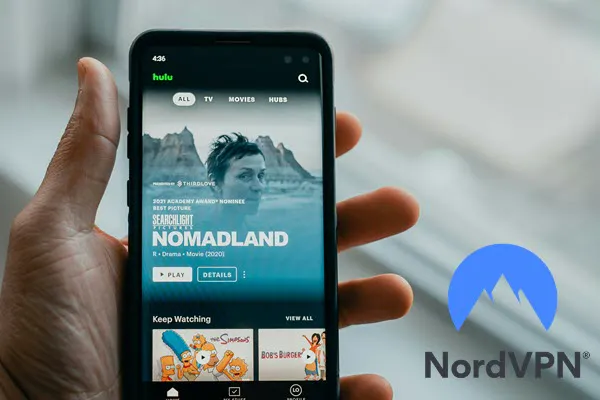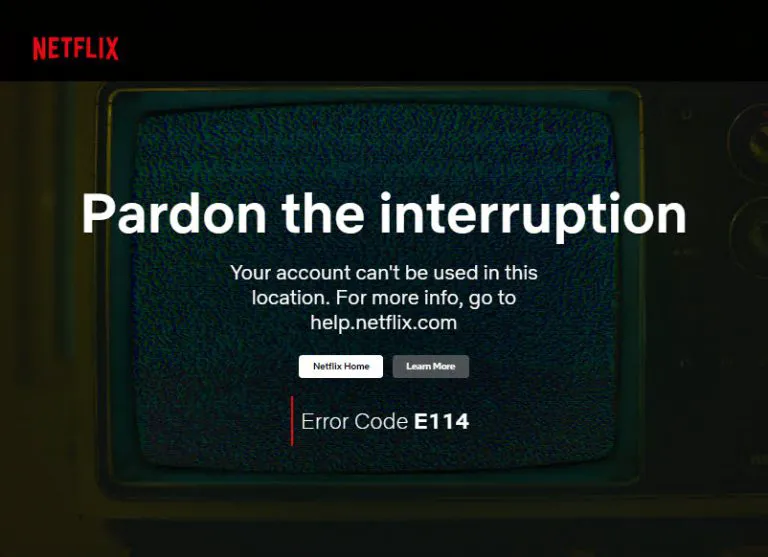Have you received a mysterious call or text and wondered where the number is from? Although in most cases, it is technically infeasible and against the law to trace a phone number’s real-time location just based on a phone number, there are actually a couple of ways to help you find its carrier, phone type, its owner, last known address, and a whole lot more related info. Here we’re showing you exactly how…
1. Google® (Completely free)
If you want to narrow down the state where the number is registered, you can start with Google, the completely free method.
In North America, the first three digits of a phone number are known as the area code, which is unique to each region. You can type the first three digits and the area code into the search box, then press Enter. Within milliseconds, Google will show you where the number is from.

With the area code at hand, you can jog your memory and guess where and whom it could come from. To dive deeper, you can put the whole number into search and see if it provides any useful hints. Here are some tips for effective searches:
- Enclose the phone number in quotes ” ” so Google searches for the exact sequence.
- Add the area code and state/city in search terms like “123-456-7890” Washington DC to narrow down origin possibilities.
- Sample search results may show name of phone company, type of phone (landline/mobile), public records linking that number, forum posts with people discussing calls from that number, etc.
- For mobile numbers, adding the carrier like “123-456-7890 Verizon” may also provide info if the owner has posted that number publicly tying it to their operator.
2. Use reverse phone lookup
A reverse phone lookup tool may come in handy when Google hits a dead end. There is a boatload of tools providing phone lookup services, and after a lot of testing and researching, we’ve found Intelius®, BeenVerified®, and Spokeo® to be the best of the bunch.
Option 1 – BeenVerified

BeenVerified is my personal favorite tool to find the owner of a phone number. It has millions of data points in its database, which gives you the power to search the owner’s name, address, social media accounts, photos, and more if available.
Step 1: Go to BeenVerified Phone Lookup.
Step 2: Enter the phone number and click SEARCH.
Step 3: Sit tight as BeenVerified scours the number in its database. Once it locates a match, it’ll generate a report for you.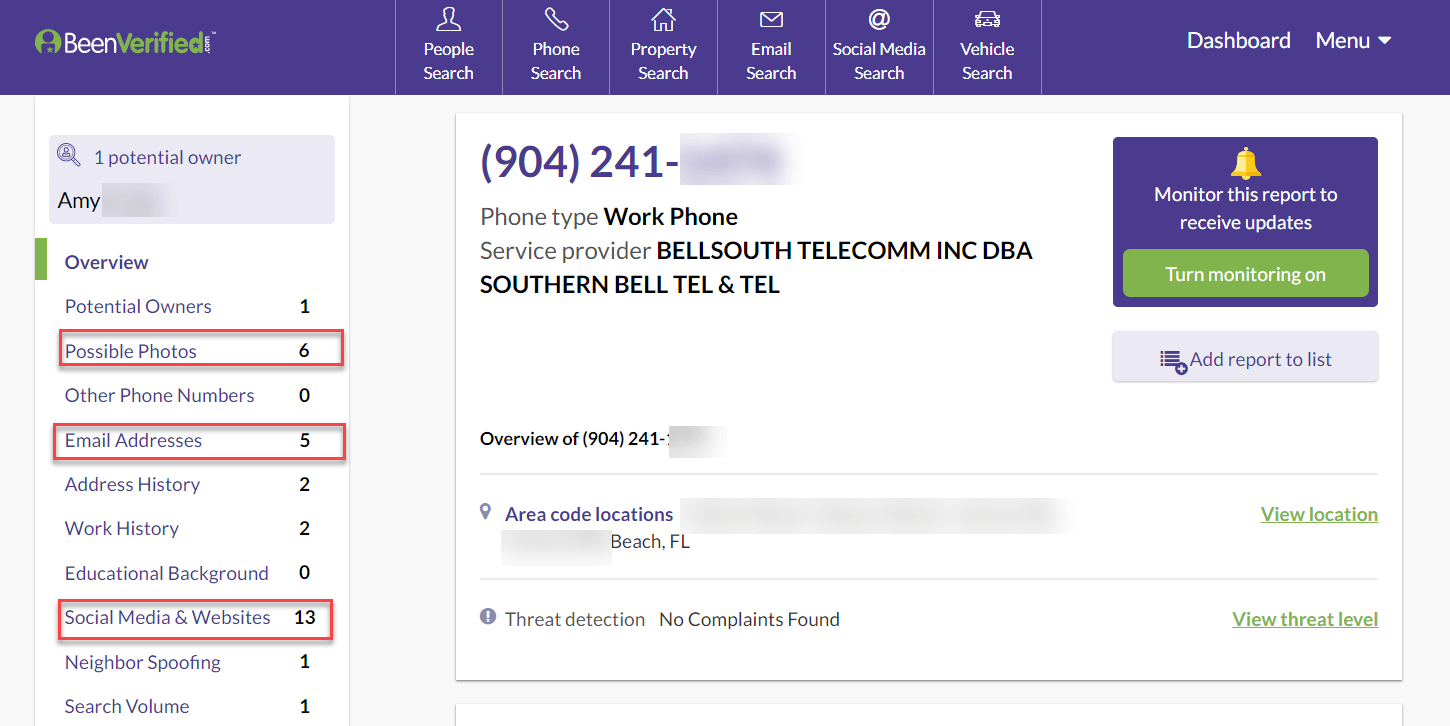
Option 2 – Intelius

Intelius is a powerful reverse phone lookup tool. Just type in a phone number and start searching, it may help you find detailed information about the number and its owner. An Intelius report may include the carrier, phone type, owner history, and other in-depth information about the owner(s).
Step 1: Head to Intelius Reverse Phone Lookup.
Step 2: Enter the phone number and click SEARCH.
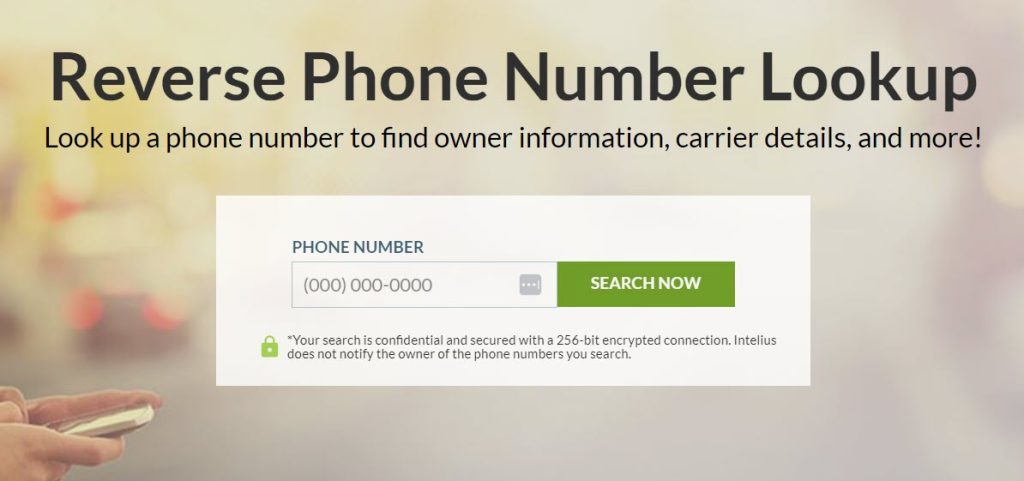
Step 3: Within minutes, you can receive a detailed phone report of the phone number (Subscription required). From the report, you may be able to learn more about the phone number owner, such as their contact info, location history, jobs, photos, and social media accounts.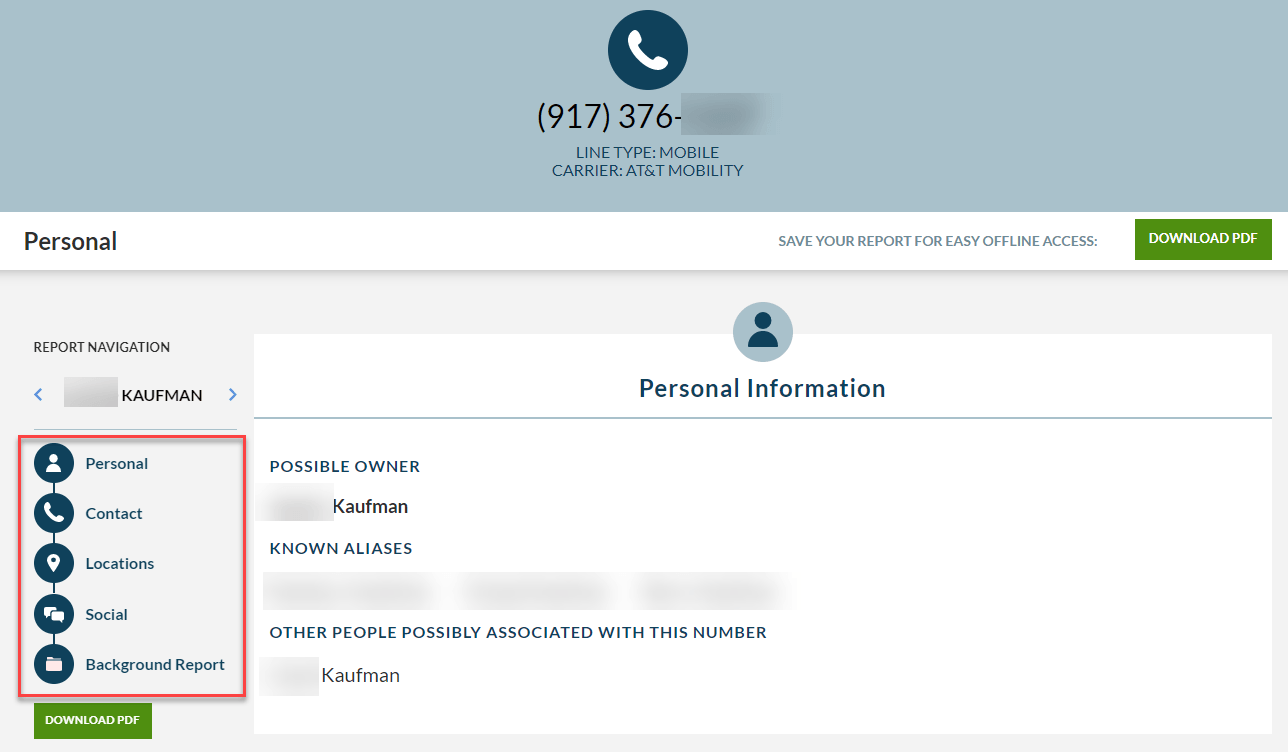
The above image is from a sample Intelius phone report. Actual Intelius reports may contain more or less information.
Option 3 – Spokeo

Spokeo is an AT&T-accredited brand for reverse phone lookups. Featuring a whopping 12+ billion records in its database, it is capable of searching almost anyone and digging up almost everything you’d need to know about a person. This includes their photos, job history, family members, activity on 120+ social & dating sites, and so on.
- Go to Spokeo phone lookup.
- Enter the 10-digit phone number you wish to trace and click SEARCH NOW.
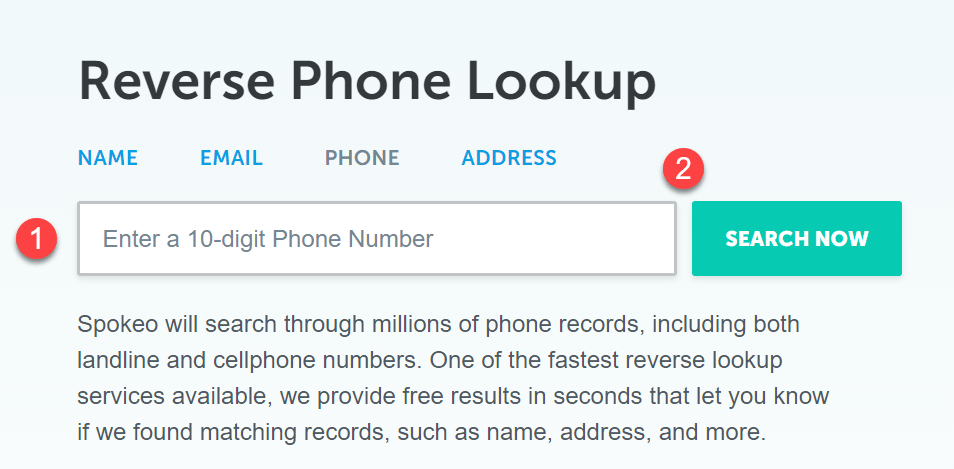
- Wait as Spokeo gathers matching records for your search.

3. Call the number with *67
Last but not least, you can call the number back. Since you may deal with a potential marker or scammer upfront, it might be a good idea to hide your number before making the call so that it won’t show up on the recipient’s phone. To do so, add *67, followed by the 10-digit phone number. When you do that, stay alert and hang up if it’s someone completely irrelevant in your life.
Watch out for spoofed phone numbers
Caller ID spoofing refers to technology allowing callers to deliberately falsify the number displayed on someone’s caller ID. Scammers often use spoofing to mimic local area codes and exchange prefixes to deceive targets into answering calls.
Signs of potentially spoofed calls include:
- Area code doesn’t match stated location
- Name displayed isn’t the caller
- Invalid number format
If you suspect spoofing, avoid answering and sharing information. You can use services like Intelius, BeenVerified, or Spokeo to cross-reference the phone number. While no matches don’t guarantee spoofing, inconsistencies in records can indicate something suspicious.
There are helpful next steps you can take too. Start by reporting the dubious call to the FTC Do Not Call registry so it’s documented. Save traces, records, and phone numbers related to the call wherever possible. Contact carriers and authorities to pass along this documentation to assist investigations.
Useful apps are available as well. Options like TrapCall and Truecaller cross-reference unknown calls against spam databases. They can quickly tell you if a caller seems spoofed or suspicious based on phone number patterns. Turning on alerts in these apps gives you a heads-up about potential spoofing risks before you even answer.
All product names, logos, brands, trademarks and registered trademarks are property of their respective owners.
